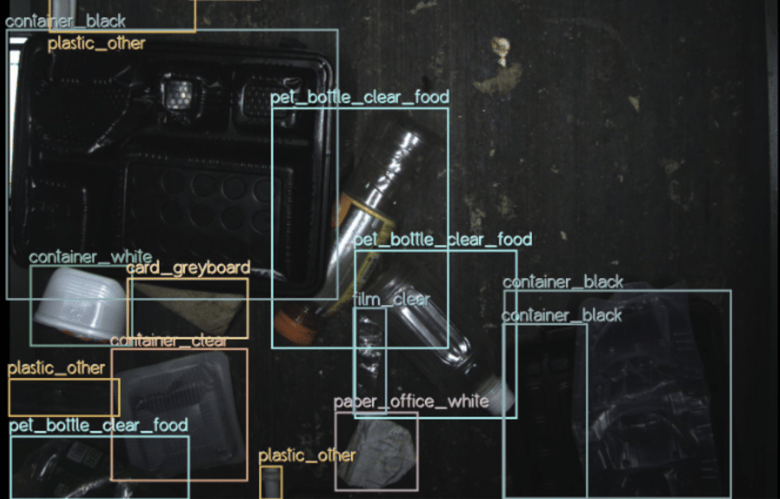A recent update brought our waste recognition library from 49 to 67 categories, covering almost every type of municipal solid waste in detail. Plastics make up a major part of the expansion, which includes new categories for food-grade materials, flexible films and coloured packaging.
If you operate a recovery facility, Greyparrot’s AI can generate detailed reports on the plastic objects in your plant. Here’s a closer look at what you can monitor, and why it matters.
.jpg?width=933&height=524&name=Greyparrot-AI-waste-recognition-library%20(1).jpg)
New: More detailed food and non-food grade recognition
%20(1).png?width=500&height=241&name=Screenshot%202023-03-29%20at%2015.04.30%20(1)%20(1).png)
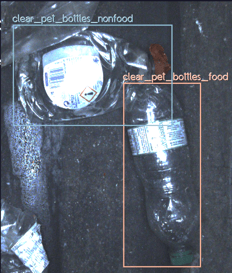
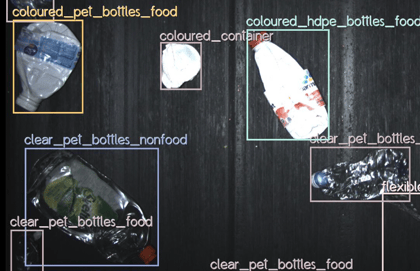
One of the key strengths of computer vision is its ability to identify what an object was used for.
In the same way that we can tell the difference between a PET washing up liquid bottle and an HDPE milk carton by looking at them, our AI can categorise those objects based on visual appearance.
That data is already being used by facilities that produce food-grade material for reuse:
“We provide high quality, often food-grade polymers to some of the world’s biggest brand owners. It’s not enough to just say that they’re high quality products — we use data to support that”
— Miguel Rosa, Technical Manager (Polymers), Viridor
Why that matters
The recent introduction of PPWR targets and more stringent EU rules for authorising food-safe plastic production means that accurate data is more important — and valuable — than ever.
EFSA’s new guidance on rPET, for example, dictates that non-food materials can only represent 5% of overall composition. Any more, and the material could be deemed unsafe.
Food grade recognition has become one of our platform’s most important features as a result.
New: Expanding recognition for hard-to-sort plastics
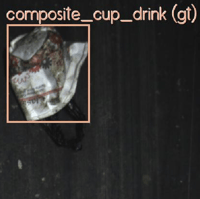
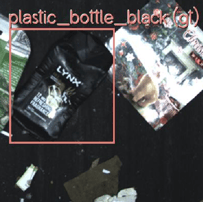

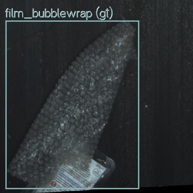
Whether PET, HDPE, coloured, clear, food or non-food grade, our library covers plastic in granular detail. 38 distinct plastic categories cover the trickiest materials to sort and recover, with our recent expansion including:
- 9 flexible film categories (like “metallised film”)
- Detailed black plastic categories (like “black film”)
- Specific colour categories for PET (like “dark blue PET bottle - food”)
- HDPE and polystyrene categories (like “natural HDPE bottle - food”)
- Commonly-discarded objects (like “coffee cup lid”)
Why that matters
The expansion includes some of the most difficult-to-sort objects faced by MRFs and PRFs. With more detailed categories, you get an even more granular look at your plant’s sorting accuracy, and the purity of your final product.
It’s valuable to track those materials to understand the purity of your waste streams, but that data also makes it possible for you to take targeted action.
What's next for our waste data?
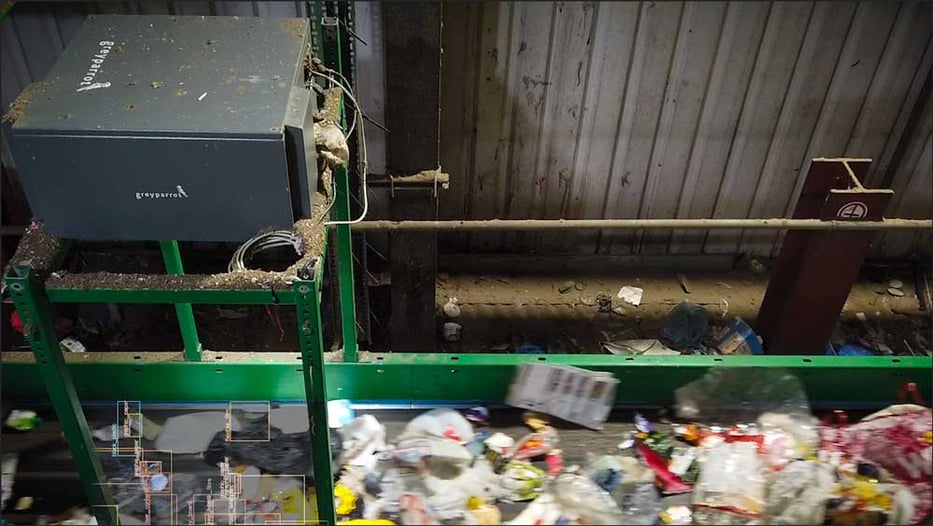
We’ve gone into detail on plastic, but our library also includes classes for fibres, metals, and general object groups like batteries, WEEE items, face masks, fabric and more.
Thanks to detailed composition analysis, our data drives the mass estimation mentioned above, but also performance monitoring, improved sorting efficiency, and more. The more data we gather, the more we can improve.
Which is why our recognition library is set to grow even further.
What we're working on
Our composition dataset is made up of billions of real-world data points. In 2023, we analysed 25 billion waste objects, a number that grows with each new monitoring unit we install. In the world of data-driven AI, improvements are exponential.
We’re currently working to introduce recognition classes to cover an industry that contributes a third of all waste in the EU: construction and demolition.

